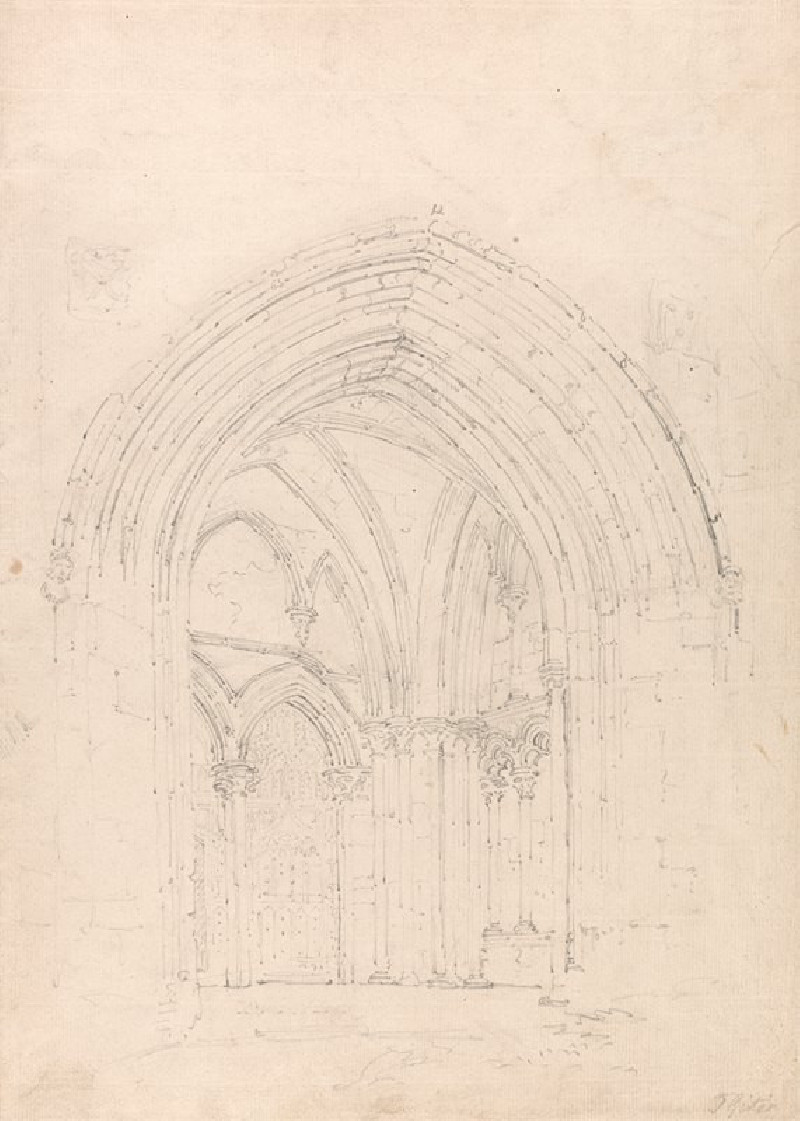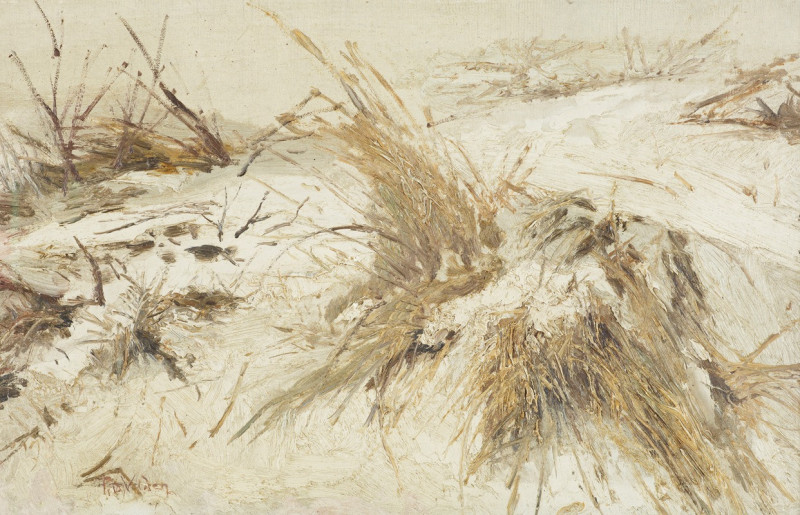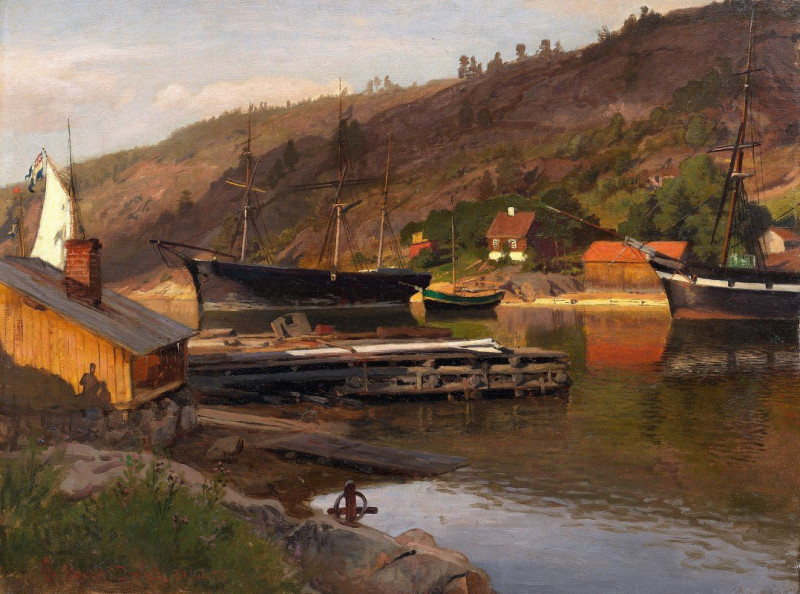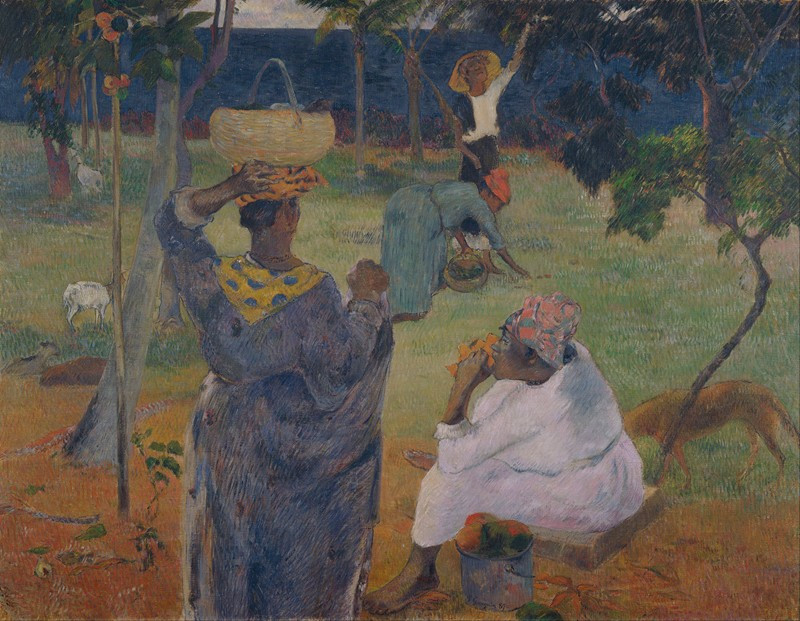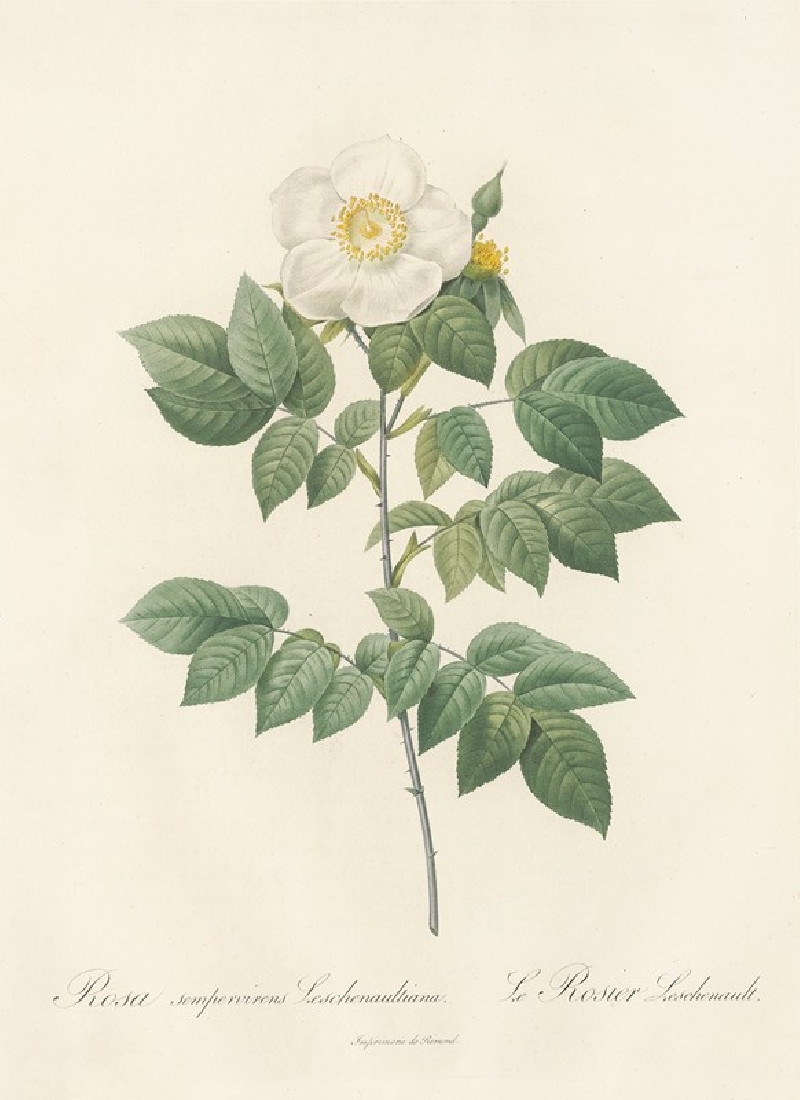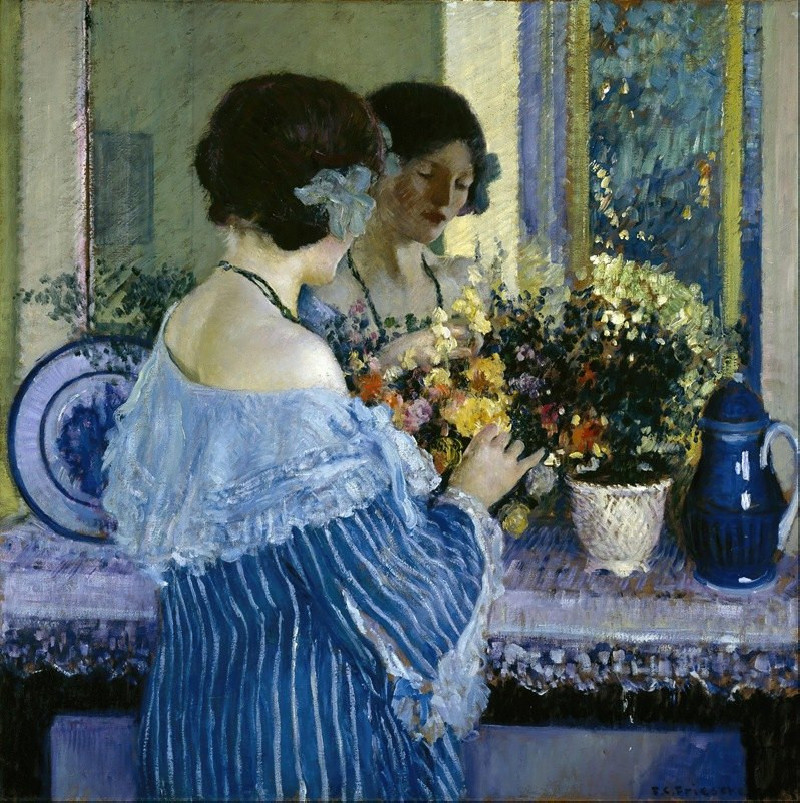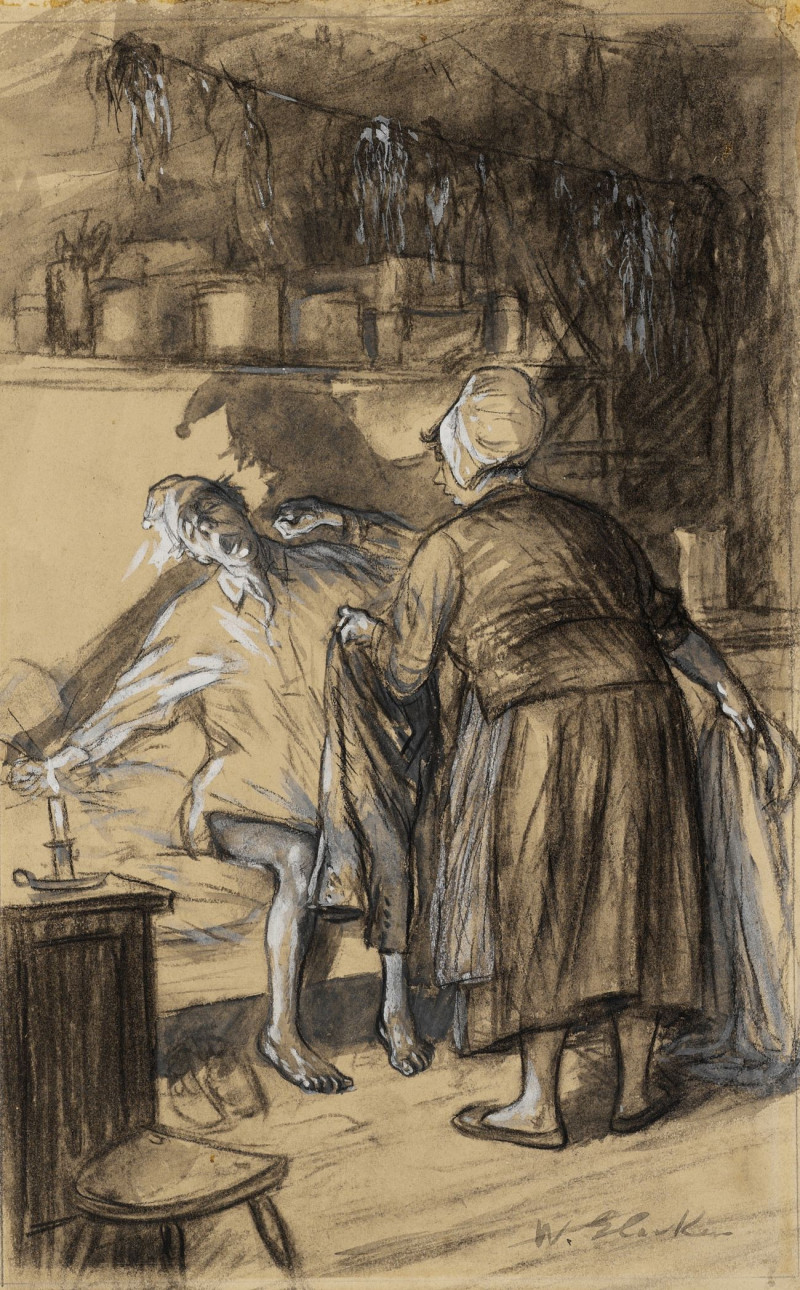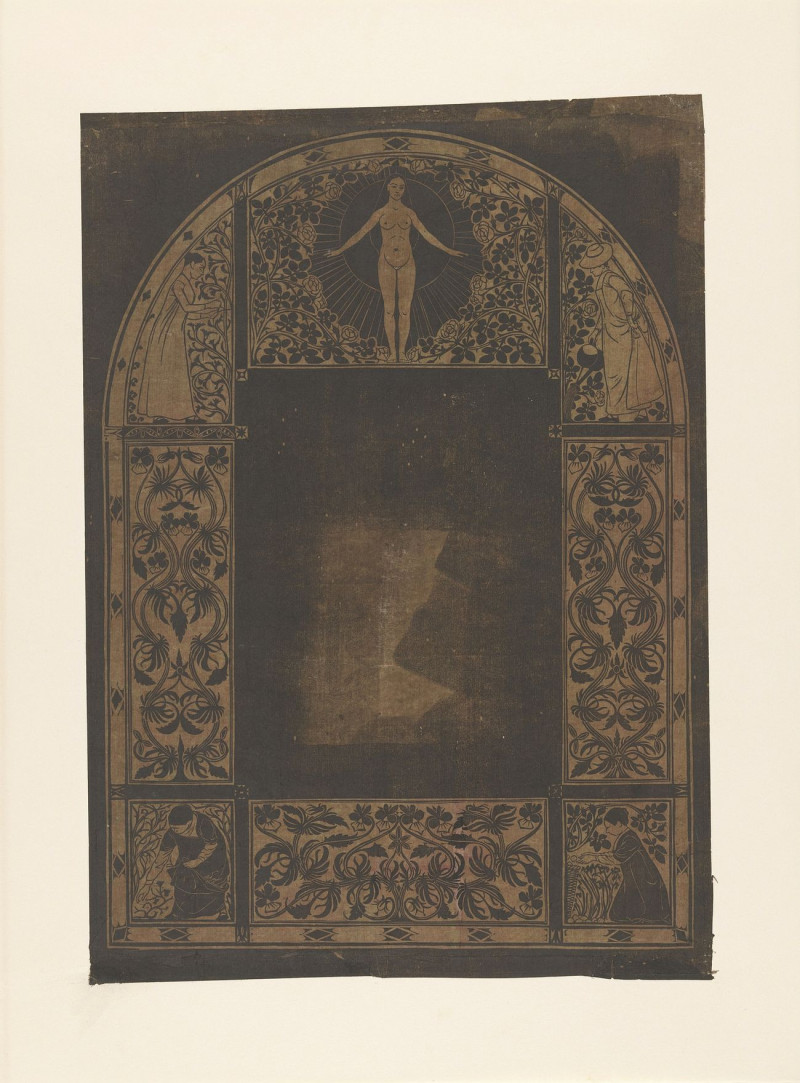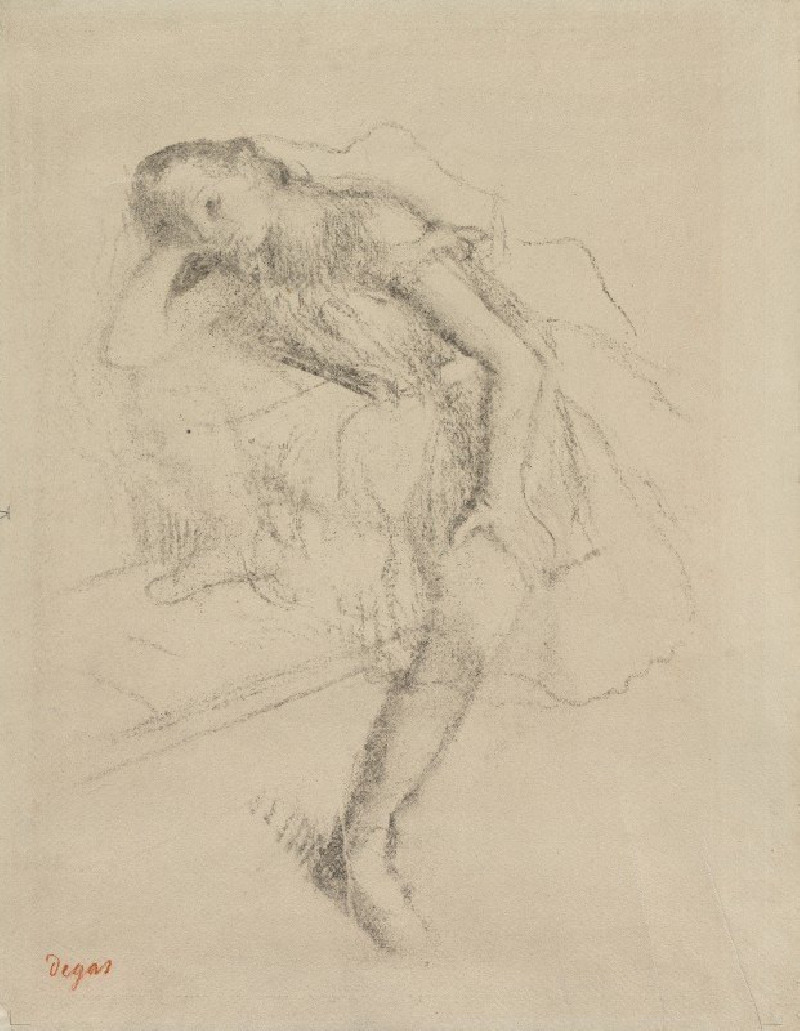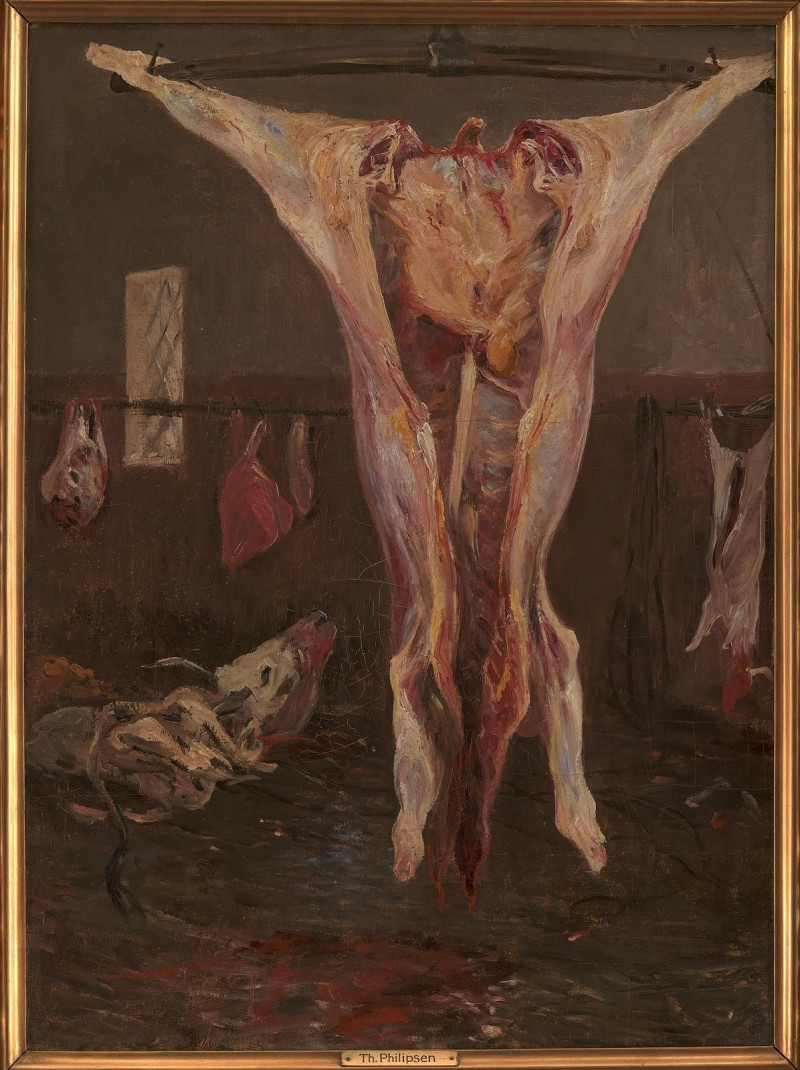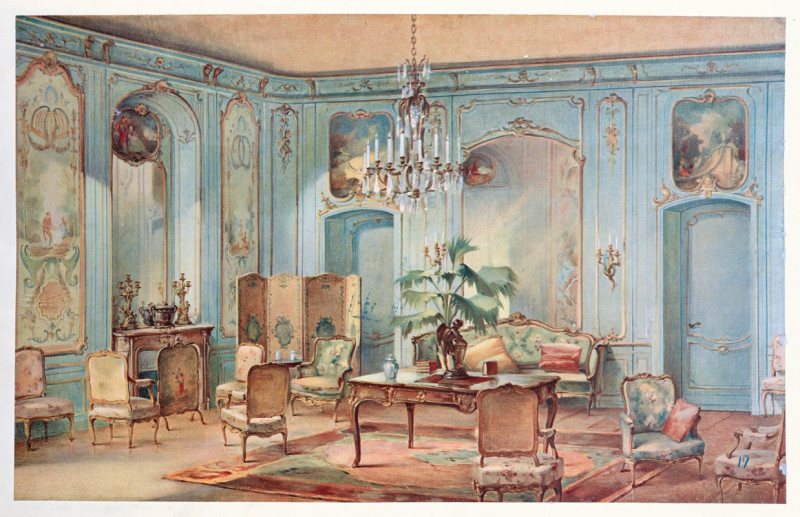Dendera [Dandara]. Dec. 1838. (1846-1849)
Technique: Giclée quality print
Recommended by our customers
More about this artwork
This captivating painting by the renowned 19th-century artist David Roberts, titled "Dendera [Dandara], Dec. 1838," skillfully captures the ancient majesty of the Dendera Temple complex in Egypt. Rendered in 1846-1849, this artwork showcases Roberts' exquisite attention to detail and his ability to portray architectural accuracy paired with a profound sense of historical ambiance.The painting features the façade of the temple, renowned for its grandiose and well-preserved structure. Its entrance is decorated with vibrant colors and intricate hieroglyphic carvings that offer a glimpse into the rich cultural heritage of ancient Egypt. The cornice adorned with a winged sun disk symbol, characteristic of Egyptian architecture, crowns the top of the façade, adding a symbolic touch that represents divinity and protection.Interestingly, Roberts incorporates human figures in traditional attire, positioned at the entrance of the temple. These figures, engaged in what seems like a casual gathering or perhaps a guided tour, add life and scale to the scene, bridging the ancient past with the traveler's present of the 19th century. Their presence invites viewers to imagine the tales and histories that echo through the temple halls.Set against a backdrop of soft, desaturated hues of the desert landscape, the temple in Roberts' painting stands as a testament to the timeless allure of Egypt's architectural wonders. This piece not only highlights Roberts' artistic prowess but also serves as a historical document, preserving the appearance and the mystic allure of Dendera as it stood in the mid-19th century.
Delivery
Returns
David Roberts (24 October 1796 – 25 November 1864) was a Scottish painter. He is especially known for The Holy Land, Syria, Idumea, Arabia, Egypt, and Nubia, a prolific series of detailed lithograph prints of Egypt and the Near East that he produced from sketches he made during long tours of the region (1838–1840). These and his large oil paintings of similar subjects made him a prominent Orientalist painter. He was elected as a Royal Academician in 1841.

![Dendera [Dandara]. Dec. 1838. (1846-1849) reproduction of painting by David Roberts. ALL GICLEE PRINTS Dendera [Dandara]. Dec. 1838. (1846-1849) reproduction of painting by David Roberts. ALL GICLEE PRINTS](https://reprodukcijos.lt/39145-large_default/reproduction-of-dendera-dandara-dec-1838-1846-1849.jpg)
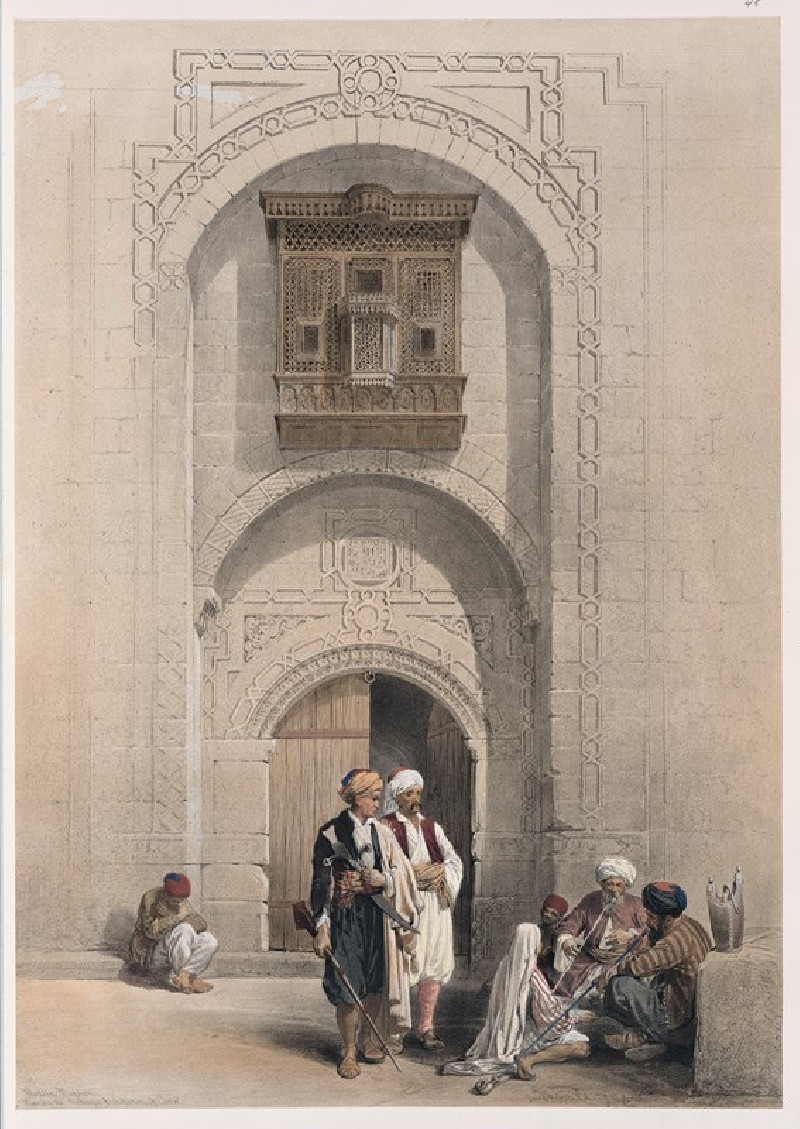
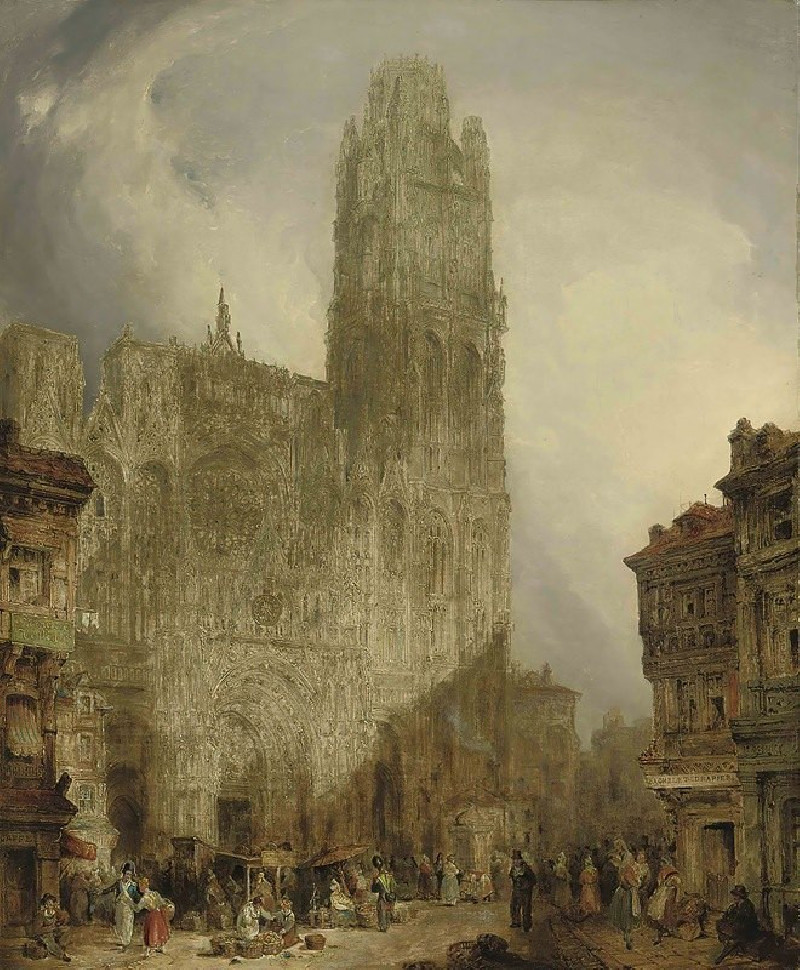
![Siout [Asyût]. Upper Egypt. (1846-1849) reproduction of painting by David Roberts. ALL GICLEE PRINTS](https://reprodukcijos.lt/39216-large_default/reproduction-of-siout-asyut-upper-egypt-1846-1849.jpg)
![Hermont [Armant], ancient Hirmonthis. Nov. 26th, 1838. (1846-1849) reproduction of painting by David Roberts. ALL GICLEE PRINTS](https://reprodukcijos.lt/39215-large_default/reproduction-of-hermont-armant-ancient-hirmonthis-nov-26th-1838-1846-1849.jpg)
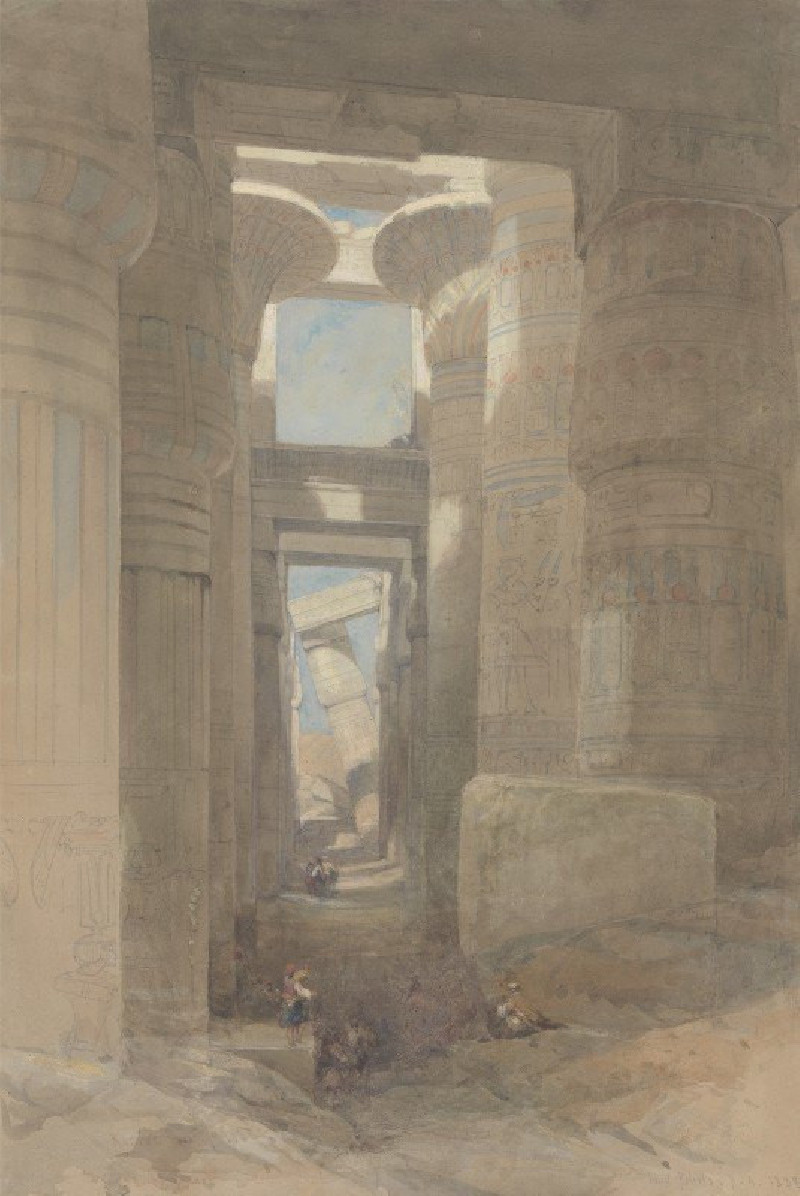
![Temple of Wady Saboua [Wadi al-Sabua], Nubia. (1846-1849) reproduction of painting by David Roberts. ALL GICLEE PRINTS](https://reprodukcijos.lt/39213-large_default/reproduction-of-temple-of-wady-saboua-wadi-al-sabua-nubia-1846-1849.jpg)
![Portico of the Temple of Edfou [Idfû], Upper Egypt. Nov. 23rd, 1838. (1846-1849) reproduction of painting by David Roberts. A...](https://reprodukcijos.lt/39212-large_default/reproduction-of-portico-of-the-temple-of-edfou-idfu-upper-egypt-nov-23rd-1838-1846-1849.jpg)
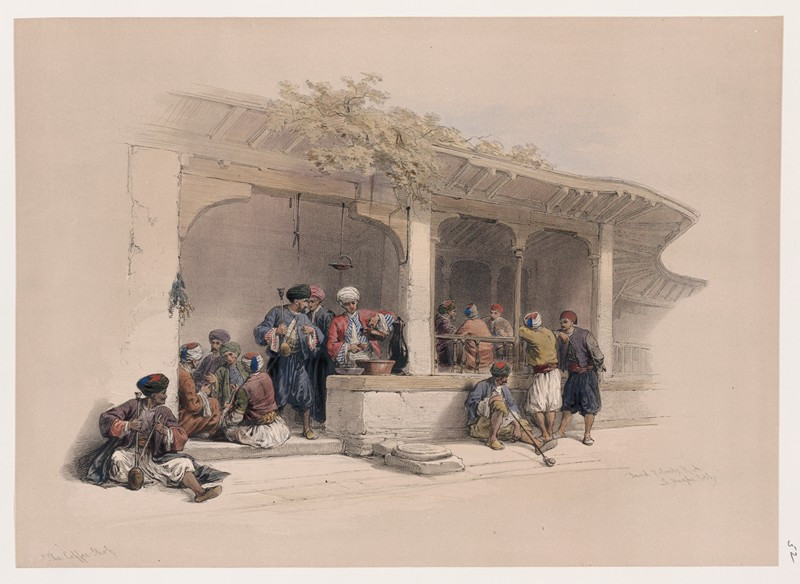

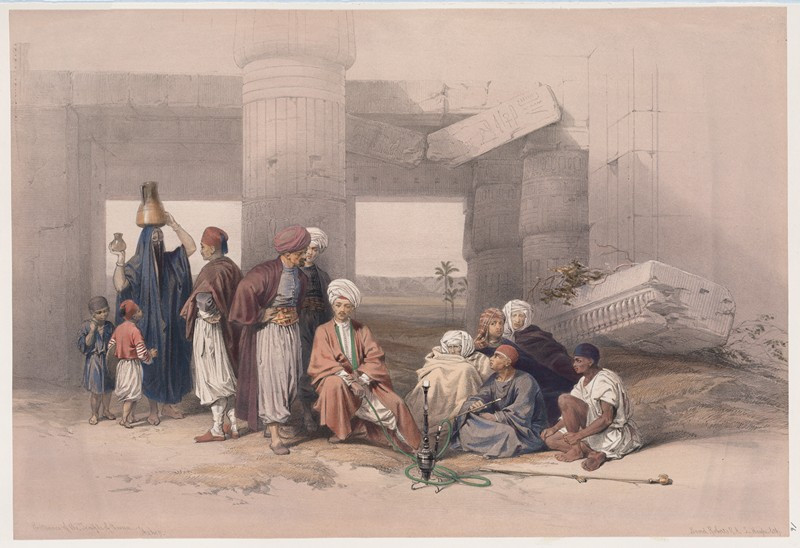
![Edfou [Edfu, Idfû]. Nov. 24th, 1838. (1846-1849) reproduction of painting by David Roberts. ALL GICLEE PRINTS](https://reprodukcijos.lt/39208-large_default/reproduction-of-edfou-edfu-idfu-nov-24th-1838-1846-1849.jpg)
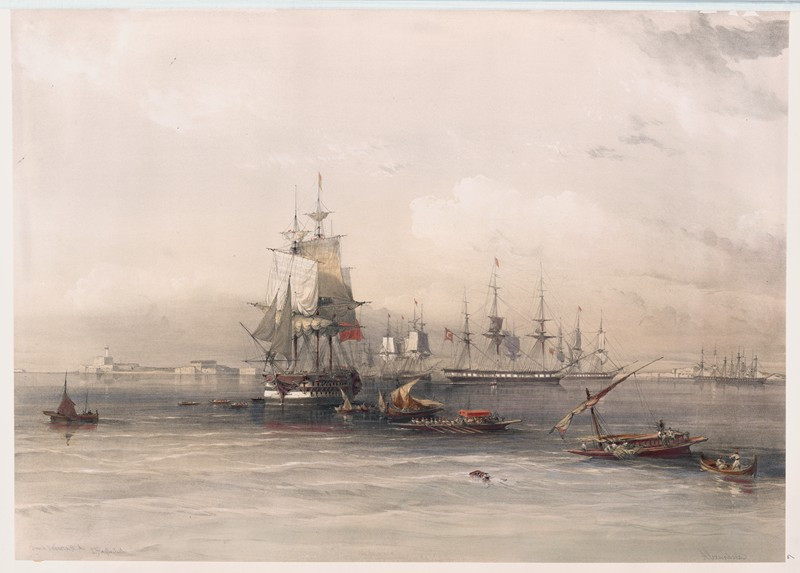
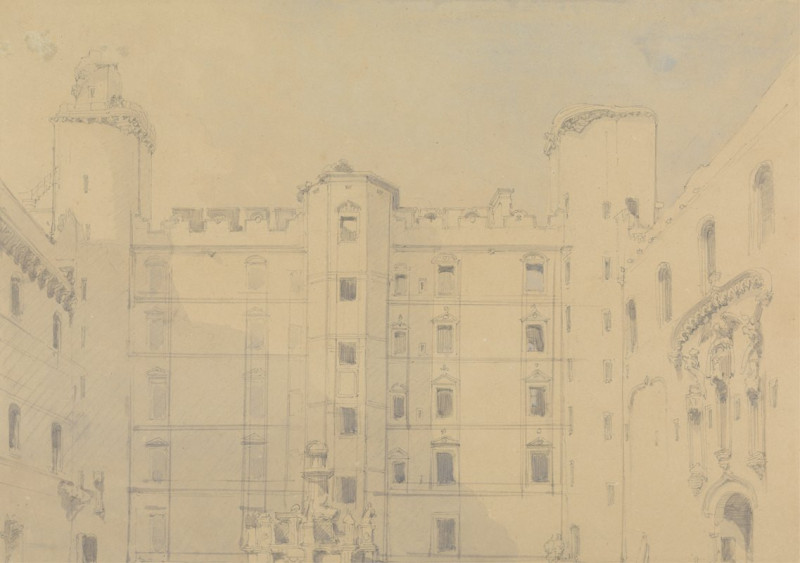
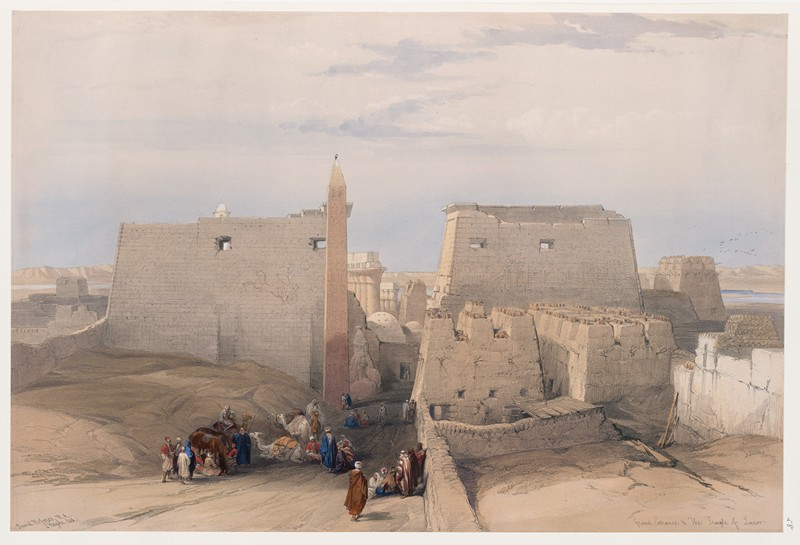

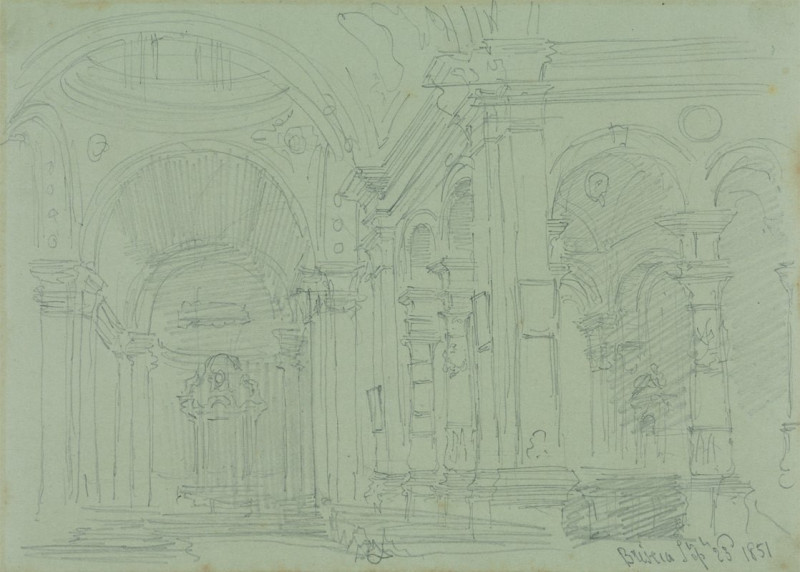
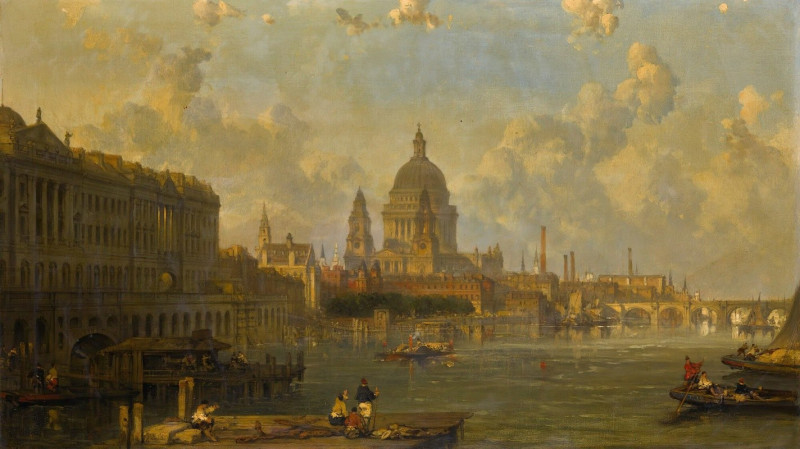
![Temple of Kalabshee [Kalabsha, Kalâbishah], Nubia. Nov. 1838. (1846-1849) reproduction of painting by David Roberts. ALL GICL...](https://reprodukcijos.lt/39201-large_default/reproduction-of-temple-of-kalabshee-kalabsha-kalabishah-nubia-nov-1838-1846-1849.jpg)
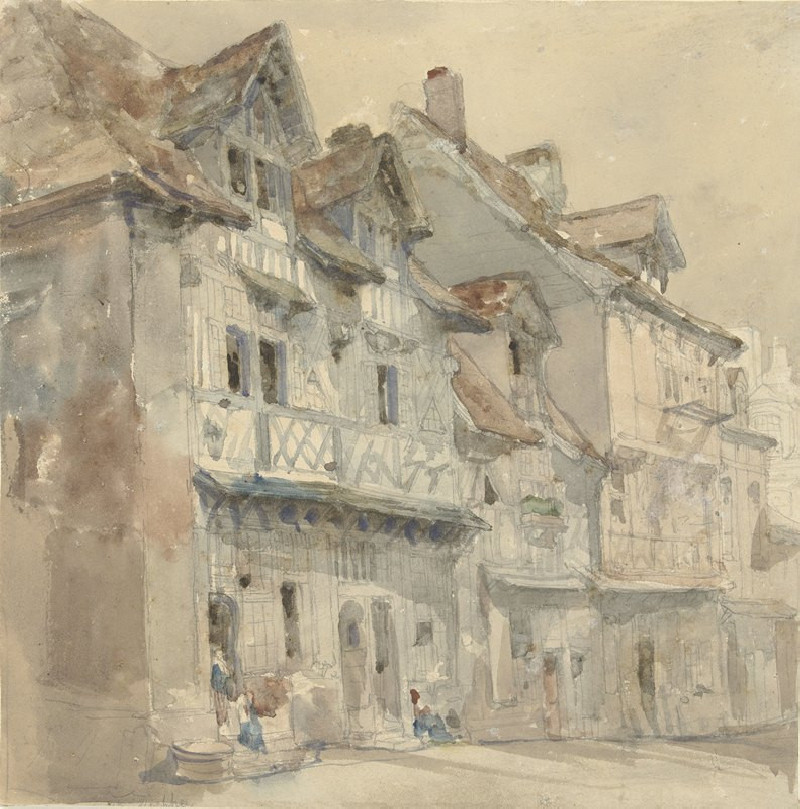
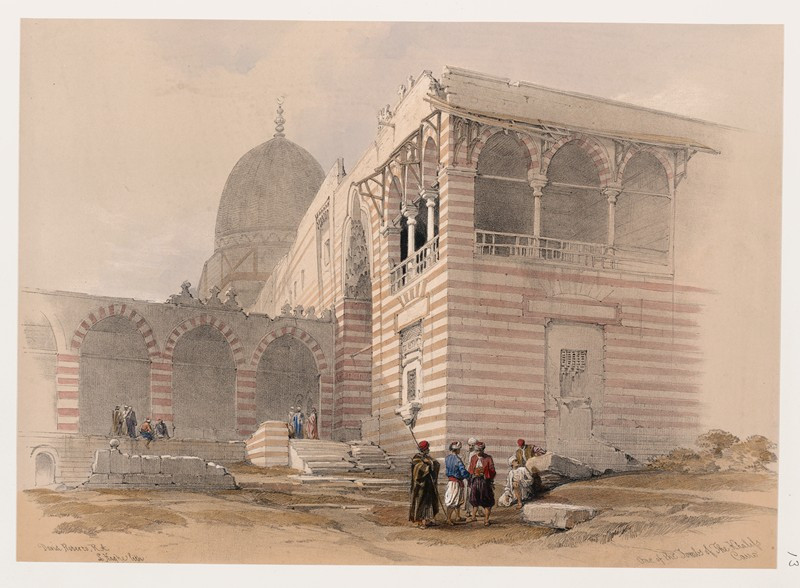

![Ruins of the Temple of Kardeseh [Qirtâsî], Nubia. (1846-1849) reproduction of painting by David Roberts. ALL GICLEE PRINTS](https://reprodukcijos.lt/39187-large_default/reproduction-of-ruins-of-the-temple-of-kardeseh-qirtasi-nubia-1846-1849.jpg)
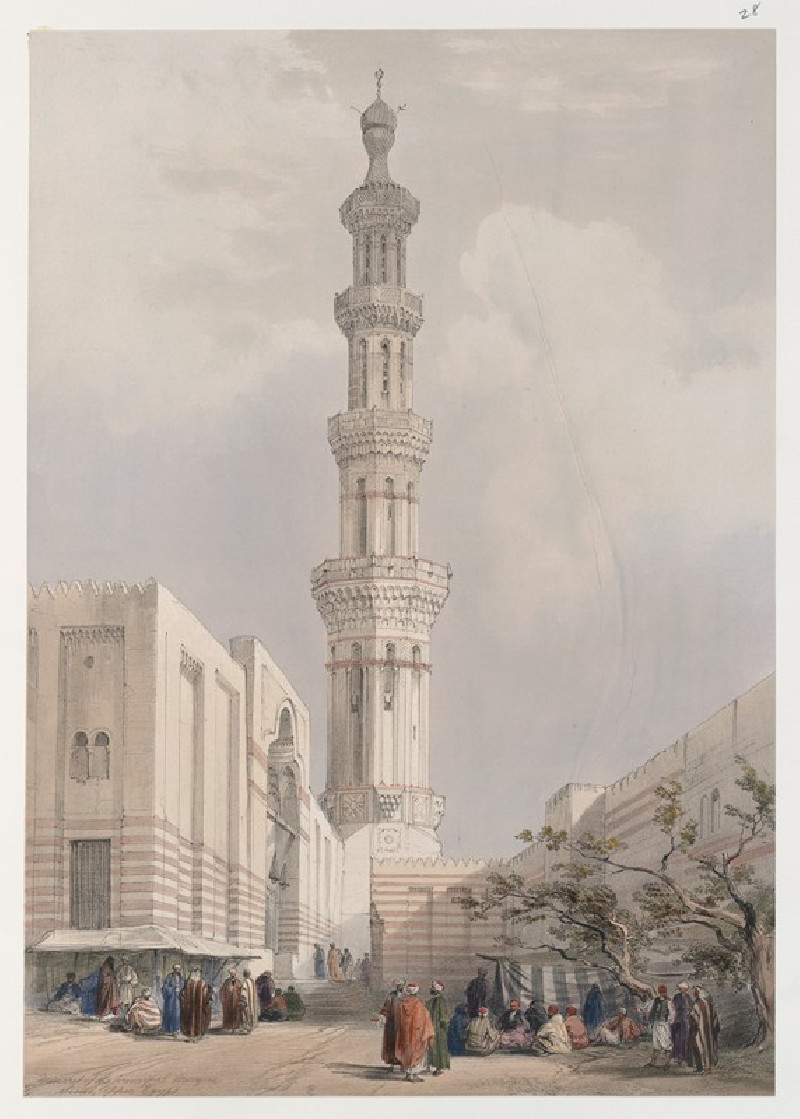
![Pyramids of Geezeh [Giza]. (1846-1849) reproduction of painting by David Roberts. ALL GICLEE PRINTS](https://reprodukcijos.lt/39185-large_default/reproduction-of-pyramids-of-geezeh-giza-1846-1849.jpg)
![Excavated temples of Aboosimble [Abû Sunbul], Nubia. (1846-1849) reproduction of painting by David Roberts. ALL GICLEE PRINTS](https://reprodukcijos.lt/39184-large_default/reproduction-of-excavated-temples-of-aboosimble-abu-sunbul-nubia-1846-1849.jpg)

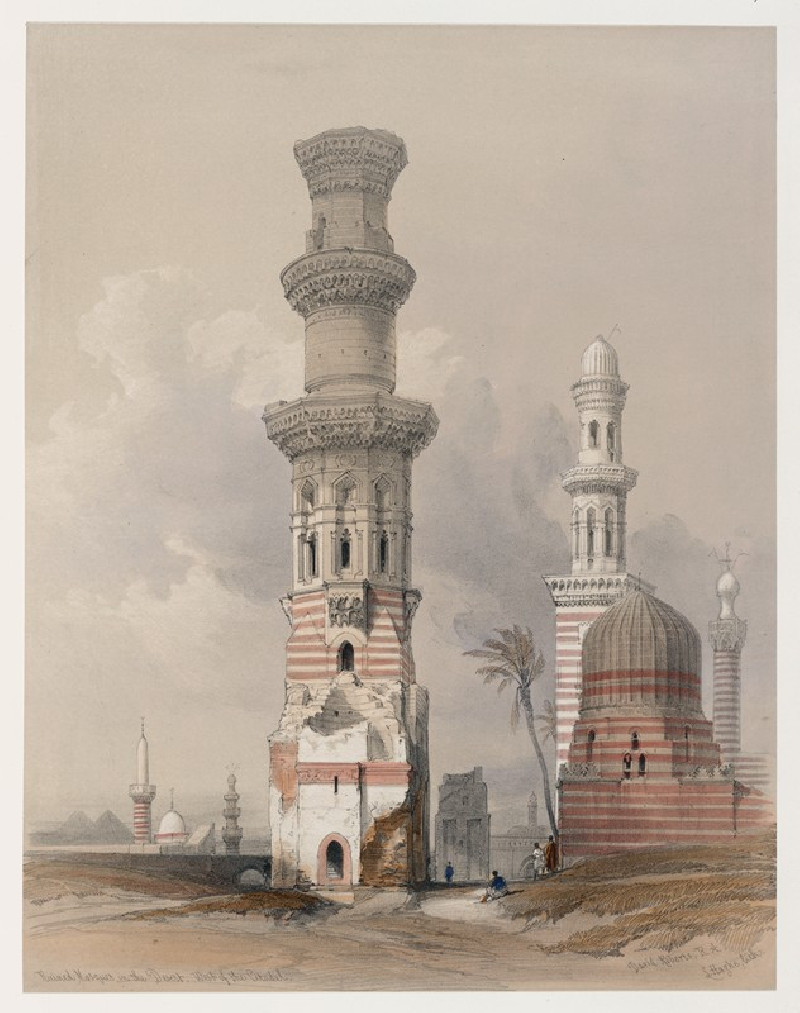


![Dayr el Medeeneh [Dayr al-Madînah], Thebes. (1846-1849) reproduction of painting by David Roberts. ALL GICLEE PRINTS](https://reprodukcijos.lt/39182-large_default/reproduction-of-dayr-el-medeeneh-dayr-al-madinah-thebes-1846-1849.jpg)
